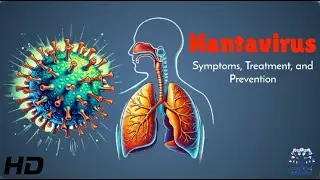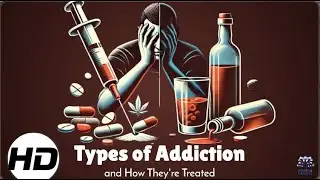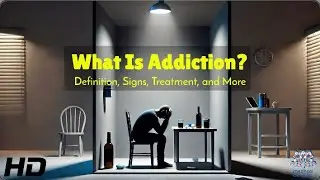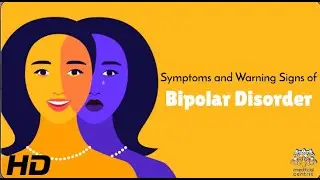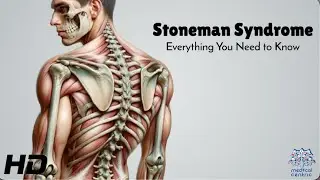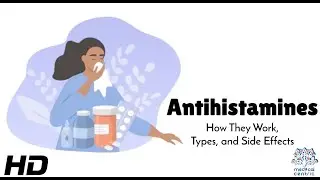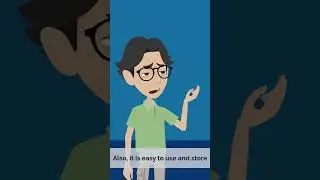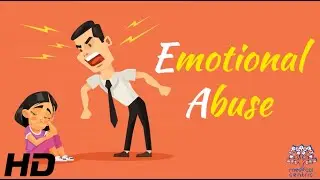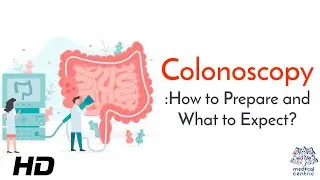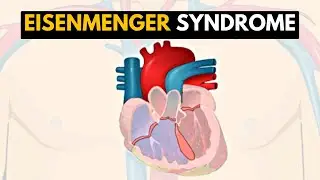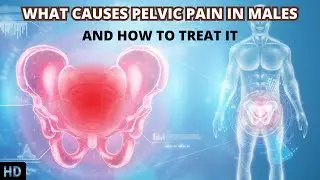Persistent Depressive Disorder (PDD), Causes, Signs and Symptoms, Diagnosis and Treatment.
.
Chapters
0:00 Introduction
1:27 Causes of persistent depressive disorder
1:59 Symptoms of persistent depressive disorder
2:41 Diagnosis of persistent depressive disorder
3:44 Treatment of persistent depressive disorder
A persistent depressive disorder is a long term form of depression.
• Also known and dysthymia, persistent depressive disorder is less severe than major depression but more serious and is longer-lasting in duration.
• A persistent depressive disorder is characterized by a continuous feeling of hopelessness and sadness.
• These feelings might make you lose interest in normal daily activities, feel inadequate, lack productivity, and have an overall feeling of low self-esteem.
• A persistent depressive disorder may significantly interfere with your daily activities, relationships, work, and school.
• The disorder may begin in childhood, adolescence, and even adulthood, and is common in females than males.
• PDD may also occur alongside some physical illness or another psychotic disorder such as drug addiction, alcoholism, anxiety disorder.
• Sometimes double depression may occur, this occurs when a person experiences major depressive episodes on top of the already existing PDD condition.
• When symptoms appear before 21 years of age, they are diagnosed as early-onset while symptoms appearing after 21 years of age are diagnosed as late-onset.
CAUSES
The exact cause of persistent depressive disorder is not known. As with other psychological disorder, it may involve a combination of genetic traits and traumatic events.
Risk factors:
• Having a first degree relative with the disorder. The rate of depression in families of people with PDD is as high as 50% for the early-onset of the disorder.
• Traumatic or stressful events, such as financial problems or death of a loved one.
• Lack of social support
SYMPTOMS
• Sleep problems
• Loss of interest in daily activities
• Overeating or poor eating
• Low energy or fatigue
• Persistent feeling of hopelessness or sadness
• A negative attitude
• A low self-esteem
• Difficulty concentrating
• Decreased productivity
• Avoidance of social activities
• A lack of interest in social activities
Children and teen with the disorder may be irritable, moody, have poor performance at school, display behavioral problems, have difficulty interacting with other children in social situations.
Watch video Persistent Depressive Disorder (PDD), Causes, Signs and Symptoms, Diagnosis and Treatment. online, duration hours minute second in high quality that is uploaded to the channel Medical Centric 16 July 2021. Share the link to the video on social media so that your subscribers and friends will also watch this video. This video clip has been viewed 49,882 times and liked it 992 visitors.






![[4k] UMC모터쇼 2022 모델 한미모와 함께 레드트럭을](https://images.reviewsvideo.ru/videos/wow4nYY7tTw)

